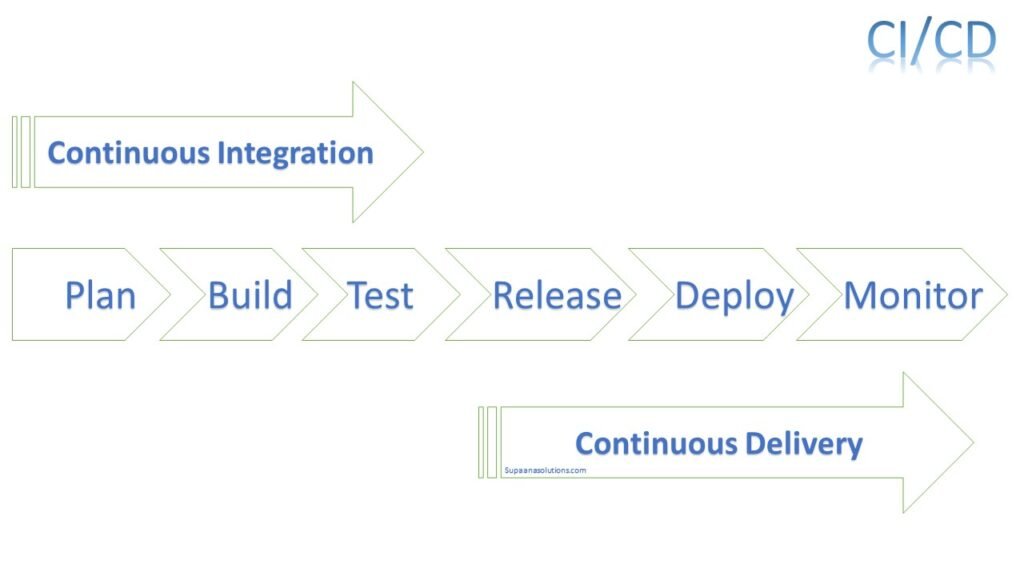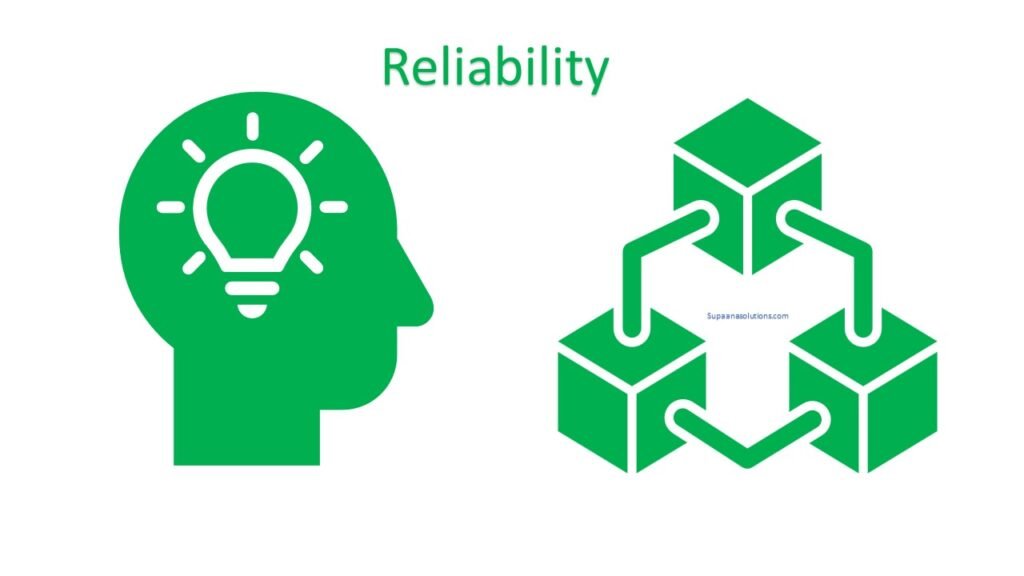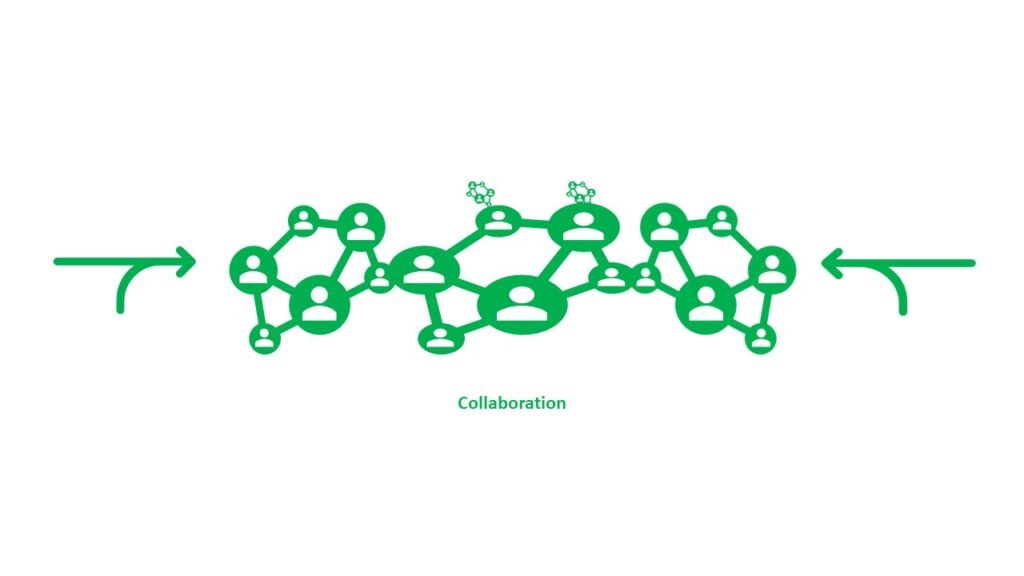DevOps Consulting
DevOps comprises of the combination of cultural philosophies, practices, and tools. DevOps improves an organization’s capacity to deliver applications and services at required speed specifically in an agile environment. Using DevOps products evolve and improve more quickly than they would in organizations using conventional software development methodologies and infrastructure management processes. Riding on its speed and scaling benefit, DevOps enables an Organization to deliver better customer service and stay ahead of the curve in market competition.

Outsource with us and achieve your DevOps goals, Our experienced DevOps engineering teams deliver valued outcomes in limited timeframes.
DevOps - Speed

The idea is to transform quickly so your development can better adjust to shifting markets, and become more effective at generating business results. Your development and operations teams can accomplish these goals thanks to the DevOps approach. For instance, teams can take control of services and introduce needed updates at a faster pace- thanks to microservices and continuous delivery.
DevOps Expedites release frequency without compromising on testing so you can create and enhance your product more quickly. You may respond to client requests and gain a competitive edge more quickly by releasing new features and fixing bugs. Practices like continuous integration and continuous delivery automate the entire software release cycle, from development through deployment.
DevOps - Rapid Delivery

DevOps - Reliability

Devops ensures the accuracy of application updates and infrastructure modifications so you can deliver consistently at a faster rate while keeping the end user experience good. Test each change to ensure it is secure and functional using techniques like continuous integration and continuous delivery. You can keep up with performance in real-time with the aid of monitoring and logging procedures
DevOps functionality overview
Development and operations teams are combined and works like one team where the engineers work across the whole application lifecycle, from development and test to deployment to operations, and build a range of skills that are not restricted to a particular role under a DevOps model. Basically, Engineer assumes and share the roles with different team members as per the requirements of project to streamline the whole process.
Quality assurance and security teams may also interact more closely with development and operations throughout the lifecycle of an application under various DevSecOps models. Development Security Operations is a term used to describe as DevSecOps team where security is everyone’s top priority.
These teams employ procedures to automate slow and repetitive tasks. They employ a technological stack and tools that facilitate the speed and dependable operation and evolution of applications. The use of these tools also enables engineers to autonomously complete tasks (such as provisioning infrastructure or delivering code) that previously required assistance from other teams, which further boosts a team’s performance resulting in faster deliverability
Manage and run your development and infrastructure operations at scale. You can handle complicated or changing systems effectively and with less risk if you use automation and consistency. For instance, managing your development, testing, and production environments in a repeatable and more effective way is made possible by infrastructure as code.
DevOps - Scalability

DevOps - Security

DevOps makes sure that you product lifecycle process moves swiftly while maintaining compliance and control. With the implementation of configuration management methods that automate compliance regulations and bring fine grained controls, a business can implement a DevOps paradigm without compromising on security. You can establish and then track compliance at scale, for instance, using Infrastructure as Code and Policy as Code
Build more efficient teams using the DevOps culture model, which is focused on principles like accountability and ownership. Teams of developers and operations work closely together, divide up tasks, and merge workflows. It saves time and resources as process becomes more efficient (e.g., code is written taking into account the environment in which it will be run and that reduces the handover periods between developers and operations increasing the pace of deployment).
DevOps - Collaboration

Why DevOps hot
There is no denying to the fact that the business across all its sectors, from retail to entertainment to finance, have been completely altered by software and the Internet. Software now plays a crucial role in every aspect of a business, going beyond an assistance provider role. Through software which is supplied on a variety of devices either as applications or online services businesses communicate with their customers. Additionally, they employ software to transform every step of the supply chain, including logistics, communications, and operations, in order to improve operational efficiencies. Companies now must change how they produce and distribute software in a similar way to how physical goods companies changed how they design, build, and deliver things utilizing industrial automation throughout the 20th century.
DevOps Philosophy
Organizations may innovate more quickly by automating and optimizing the software development and infrastructure management processes thanks to a few important strategies. With the right tools, most of these procedures are completed with accuracy.
One essential technique is to make tiny changes frequently at a quick pace. This is how businesses develop more quickly for their clients. Compared to the infrequent updates carried out under conventional release cycles, these updates are typically more gradual in nature. Each deployment is less risky when updates are frequent but minor. They enable teams to identify the most recent deployment that introduced the bug, which speeds up bug fixes. Firms utilizing a DevOps approach deploy updates significantly more frequently than organizations using conventional software development processes, albeit the frequency and magnitude of updates will vary.
Key DevOps Procedures
Integration
Software engineers who use continuous integration constantly merge their code changes into a common repository, which is followed by automated builds and testing. Continuous integration’s main objectives are to detect and fix issues more quickly, enhance the quality of software, and shorten the time it takes to validate and publish new software upgrades.
Delivery
A software development method known as “continuous delivery” involves automatically building, testing, and getting code updates ready for production release. By delivering all code alterations to testing environments and/or production environments after the build step, it advances continuous integration. When continuous delivery is implemented correctly, developers will always have a build artifact that is ready for deployment and has undergone a set of tests.
Microservices
A single application can be built as a collection of small services using the microservices architectural design strategy. Each service operates as a separate process and interacts with other services via a clear interface and a lightweight method, usually an HTTP-based API (REST API). Microservices are based on business capabilities, and each service has a narrow scope. Microservices can be created using a variety of frameworks or programming languages and deployed individually, as a single service, or as a collection of services.
Infrastructure as Code
In the practice of “infrastructure as code,” infrastructure is created and controlled through the use of code and software development methods like version control and continuous integration. Instead of needing to manually set up and configure resources, developers and system administrators may interact with infrastructure programmatically and at scale thanks to the cloud’s API-driven paradigm. Because of this, engineers may interact with infrastructure using tools that are based on code and treat it similarly to how they approach application code. Infrastructure and servers may be swiftly deployed using standardized patterns, updated with the most recent fixes and versions, or duplicated in repeatable ways because they are defined by code.
Configuration Management
Code is used by programmers and system administrators to automate operational tasks, host and operating system settings, and more. Configuration changes are repeatable and standardized when code is used. Developers and systems administrators are freed from having to manually configure servers, operating systems, and system applications.
Monitoring and Logging
Organizations keep track of metrics and logs to see how infrastructure and application performance affects their environment and how customers use their products. Organizations can gain insights into the underlying causes of issues or unanticipated changes by capturing, classifying, and then analysing the data and logs generated by applications and infrastructure. As services must be accessible around-the-clock and as the frequency of application and infrastructure updates rises, active monitoring becomes more and more crucial. Organizations can monitor their services more proactively by setting up alerts or doing real-time analysis of this data.
Communication and Collaboration
One of the most important cultural aspects of DevOps is the improvement of communication and collaboration inside an organization. By physically combining the tasks and workflows of development and operations, collaboration is established using DevOps technologies and automation of the software delivery process. On top of that, by utilizing chat applications, issue or project tracking systems, and wikis to facilitate communication, these teams established strong cultural norms on information sharing. As a result, communication between developers, operations, and even other teams like marketing or sales can be sped up, enabling a closer alignment of objectives across the entire organization.
